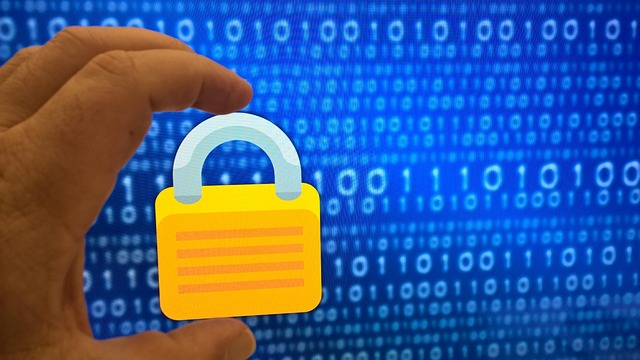
IT Best Practices: Password Management for Hardware Security
Understanding the Importance of Password Management in Hardware Security
In an age where our lives are ever more intertwined with technology, the security of our data has never been more crucial. With hardware being the backbone of most information technology infrastructures, effective password management is a fundamental practice that cannot be overlooked. We often find ourselves juggling countless passwords, yet a surprising number of individuals and organizations fail to implement effective strategies for safeguarding this essential asset.
Why Password Management Matters
Every day, hackers and cybercriminals develop increasingly sophisticated methods to breach hardware security. A single compromised password can lead to unauthorized access to sensitive data, resulting in catastrophic financial and reputational damage. By prioritizing password management, we can significantly reduce these risks and ensure that our hardware remains secure. Remember, the strength of your password is often the first line of defense against potential threats.
Best Practices for Password Management
- Use Strong Passwords: A strong password should be at least 12 characters long, including a mix of uppercase and lowercase letters, numbers, and special characters. Avoid easily guessed passwords such as birthdays or pet names.
- Change Passwords Regularly: Regularly updating your passwords can thwart potential breaches. Aim to change your passwords every three to six months.
- Employ Unique Passwords for Different Accounts: Avoid using the same password across multiple platforms. This minimizes the risk of an entire system being compromised if one password is leaked.
- Utilize Password Managers: These tools can generate and store complex passwords securely, freeing you from the burden of remembering each one while enhancing security.
- Enable Two-Factor Authentication (2FA): Adding an extra layer of security with 2FA ensures that even if a password is compromised, unauthorized access is still prevented.
The Role of IT in Password Management
Information technology teams play a pivotal role in enforcing and maintaining password management practices within an organization. They can develop policies that educate employees on the importance of secure password usage, implement software solutions for managing passwords, and continuously monitor security protocols. By fostering a culture of security awareness, companies can empower their employees to recognize the value of strong passwords as a vital part of hardware security.
Conclusion: A Culture of Security in Password Management
Investing time and effort into password management not only protects individual users but also fortifies the organization against potential threats. In the ever-evolving landscape of information technology, vigilance, and proactive measures are key. As we embrace the digital age, let us prioritize security in our routines and commit to safeguarding our hardware systems through effective password management practices.



